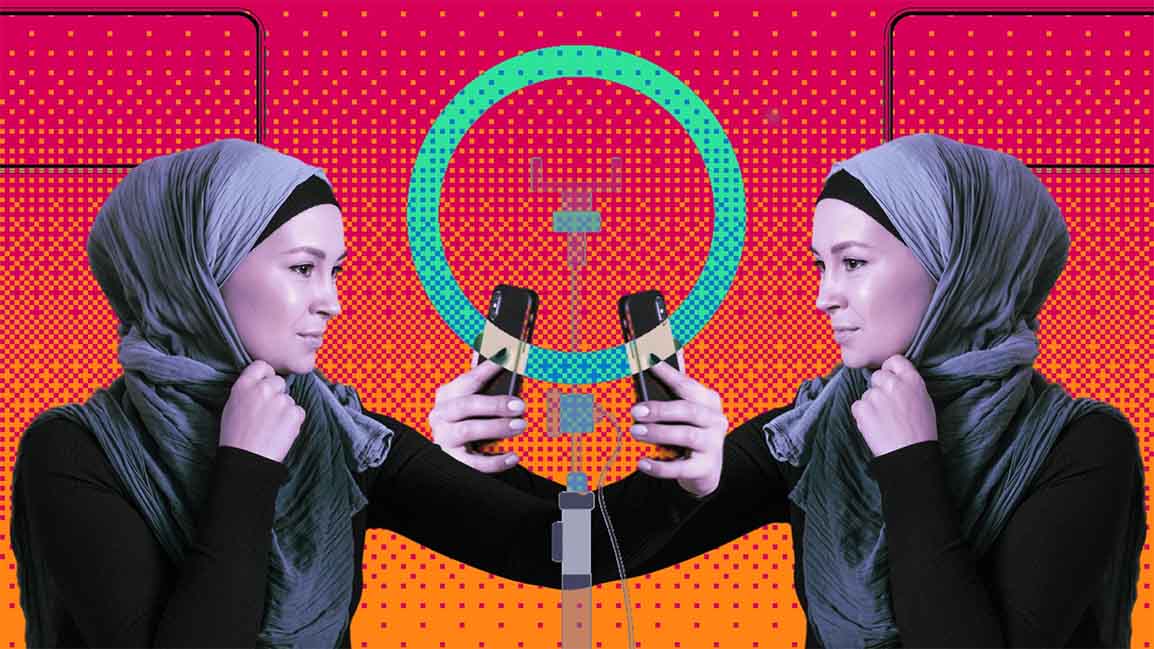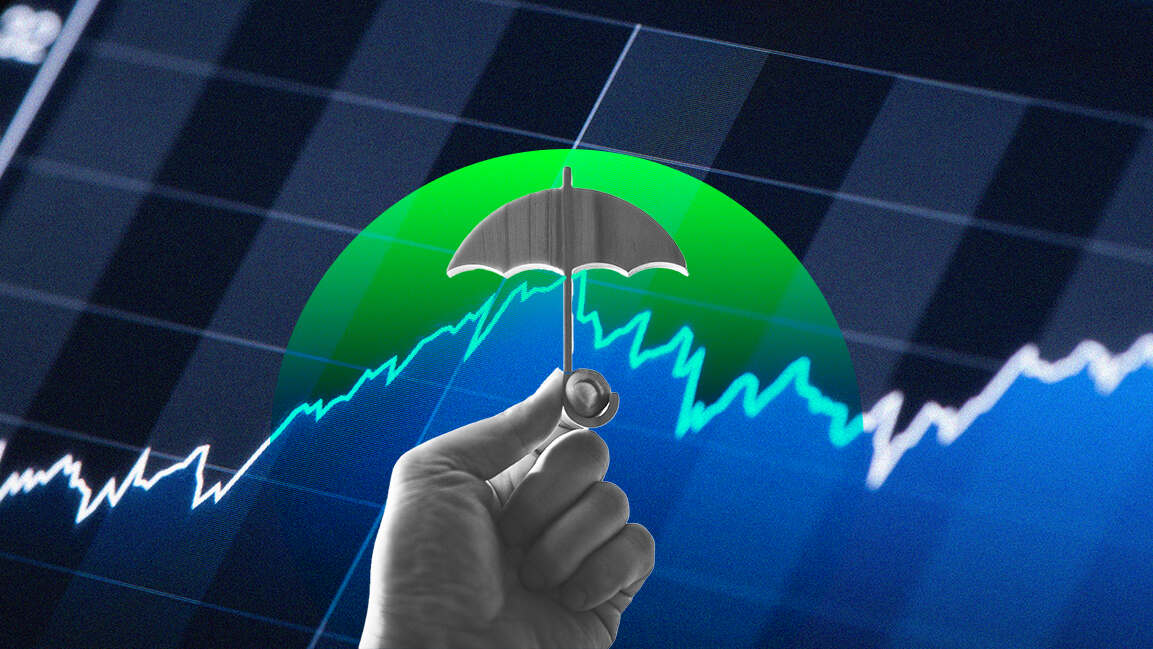- | 9:00 am
Are brands in the Middle East ditching celeb influencers for authentic UGC?
While brands are promoting user-generated content, experts say influencer marketing is not done growing in the region.

In one Insta post, Cristiano Ronaldo said that keeping a clear head helps him be on top of his game. A small detail is that it was a paid partnership with clear hair care, and he was probably paid over $800,000 for a single post. A not-so-small detail is that the post got over 12 million views. Social media analytics firm Hopper says the football legend can make $1.6 million per sponsored post.
Did you know Kylie Jenner earns up to $1.2 million from a single post on Instagram? Social media has arguably introduced a profit motive in our lives. In the past few years, local and global brands in the Middle East have made “influencing” a viable career for those who figured out how to get people’s attention, gaining millions of followers. These celeb influencers monetized themselves as both the product and salesperson.
But social media fads tend to have a distinct life cycle. Industry insiders say a shift is becoming more and more common. Brand marketers and digital agencies are increasingly allocating budgets toward user-generated content (UGC) from niche creators and micro-influencers.
What is UGC? Well, anything anyone posts online qualifies, including text, photographs, GIFs, and videos.
Although compared to Europe and the US, trends in the Middle East are a little slower in adapting to evolving consumer behavior; experts say companies are shifting their focus to micro- and nano-influencers. According to Linqia’s 2021 State of Influencer Marketing report, 90% of marketers expressed interest in working with micro-influencers.
BPG Group, an integrated communications agency in the Middle East, says brands are deploying UGC in their content calendars as it gives a “sense of authenticity, popularity, and freshness.”
“Over the years, influencer marketing has undergone several seismic waves, often questioning the credibility and efficiency of influencers from both the consumers’ and brands’ perspectives,” says Kevork Movsessian, AVP Communications & Social Media at BPG.
During the pandemic, many companies pivoted to the UGC model out of sheer necessity when staging photoshoots and video productions weren’t possible. And the results have been astonishing, says Hussein M. Dajani, partner at Deloitte Digital.
“UGC draws customers to brands because it feels real. Consumers could see themselves at that moment, whether it was the camera angle or how people looked, and the enjoyment factor is genuine. It drives an emotional connection with the content.”
In a post-pandemic world, social connectedness prevails. Brands are mindful not only of the influencers they collaborate with but the content through which the influencer engages with the brand and their followers.
“The followers’ race is rather obsolete – in a way, brands have begun to realize that sometimes less is more. Therefore, the success of any influencer marketing campaign does not solely ride on the number of social media followers,” Movsessian adds.
UGC is earned media created by a brand’s loyal, paying customers. In contrast to IGC (influencer-generated content), he adds that UGC is “less expensive, more genuine” and enables actual customers to serve as brand advocates for goods and services they like.
The public appetite for content the way it is traditionally produced is waning, says Natasha Hatherall, CEO of TishTash Communications, a specialist agency that works with influencers for its clients in the Middle East. “We have always seen the best ROI from micro-influencers – with less of a following in numbers than the mega influencers, but more authentic in their engagement, which truly influences a consumer response.”
To this end, UGC is the way forward, Hatherall adds. “Consumers want transparency, honesty and to be entertained. Glossy will always be good, but UGC is certainly seen as the most trustworthy content from brands that build consumer trust.”
UGC DEMOCRATIZES CONTENT
Also, the accessibility of UGC creation and the sheer amount to choose from makes it ripe for exploitation. Experts say UGC democratizes content but also provides a lot of “noise” for a potential customer to wade through. “Larger brands must utilize it to their best advantage, especially for fashion, beauty, hospitality, and food and beverage,” says Hatherall.
Even for business owners with limited marketing budgets, engaging with UGC can provide an affordable option for lead generation and new-customer conversion. UGC has a significant impact on buying choices. Studies show that many millennials and younger consumers research material posted on social media and UGC before making purchases.
“A few decades ago, established media channels were the only means for people to share views, articles, songs, videos, and the like. Today, we can reach millions with UGC on social media. UGC embodies the brand-consumer relationship. The fact that interested customers produce all content may work wonders for developing customer relationships, boosting brand trust and sales in competitive markets,” says Movsessian.
UGC is the “holy grail” for brands with limited resources, says Hatherall. Seeding your products with the right influencers at a grassroots level is one of the easiest marketing tactics to employ.
“Even at the in-house level, their content can be easily produced to show benefits and features in a way that resonates and builds brand interest and trust,” she says.
On the other hand, this content democratization led by UGC has its share of cons – it can be difficult to manage. While UGC can support brands, damaging content is inevitable too. “Be it poorly written blog articles, unfavorable or inappropriate comments, subpar product evaluations, or spam bots, UGC can cause considerable harm to a business,” says Movsessian.
Amazon has recently sued over 10,000 Facebook group administrators for allegedly trying to stage fraudulent reviews on Amazon in exchange for free goods or cash. “When relying on UGC to support a brand’s online presence, we advise proceeding with caution,” adds Movsessian.
ARE B2B BUSINESSES BUILDING A CREATOR COMMUNITY?
But are B2B companies thinking of creators to reach their audience and build a genuine connection between brand, creator, and community?
While influencer marketing changed the way brands engage consumers, experts say the B2B companies have been slow to wake up to the possibilities of the creator economy.
The B2B landscape is tough, as marketers need to do whatever they can to stand out from their competitors, and encourage people to pick them, says Dajani.
“Business buyers, potentially spending millions of dollars worth of other people’s money, will believe the word of an influencer over a brand itself. Yet, B2B content is inherently tricky because its primary goal is generating leads. It’s even more complicated because you’re dealing with a web of stakeholders, each with a different level of knowledge. Your content strategy has to identify and engage the right people at the right part of their buying journey.”
“B2B companies still have a long way to go to create and nurture that ecosystem of brand/creator/community,” he adds.
In the end, businesses need a mix of marketing tactics to push lead generation and conversion. Improved SEO is one of the top business benefits of ratings and reviews. Experts agree that Web 2.0 and social media, with UGC at its core, make engaging with customers and their content on social media platforms sensible regardless of any budget-related or other considerations. “Consumers are more likely to trust UGC more than marketing content. Hence, soliciting customer feedback on goods and services can increase engagement and build credibility,” says Movsessian.
One thing to note is that UGC is unlike a single million-dollar Kardashian endorsement, which could make or break a brand. With all the perks that UGC bestows on brands, it often requires “drivers such as influencers and incentives,” especially with new businesses.
And though the pendulum is swinging toward the UGC marketing model, big-time influencers probably have nothing to worry about.
According to a recent study by YouGov, three in four UAE residents follow some social media influencers, out of which 29% follow health/fitness influencers. These numbers reflect the interest of brands to spend a significant part of their advertising budgets with influencer partnerships, especially in industries like beauty, fashion, food, lifestyle, tech, and entertainment.
Influencers play an important role in content creation and engaging with their communities through a network they have established over time, says Ana Elisa Seixas, Marketing Manager ASICS Arabia. “They have the power to influence the right conversations and share the key product features in a relatable manner directly with their audience. The crucial factor is working with the right profiles, choosing those aligned with the brand values, and having a genuine connection with the brand and product.”
It’s also an important factor to stir away from the idea of one-off collaborations, adds Seixas. “Invest in long-lasting relationships with influencers. They can talk about the brand, its values, USPs, and showcase how they connect with the brand.”
The truth is, influencers are not just a trend that will fade away, as many have reckoned, in the Middle East. “Influencer marketing is not done growing – its popularity over the coming years will only increase. However, how influencers are being used has changed,” says Movsessian.







































